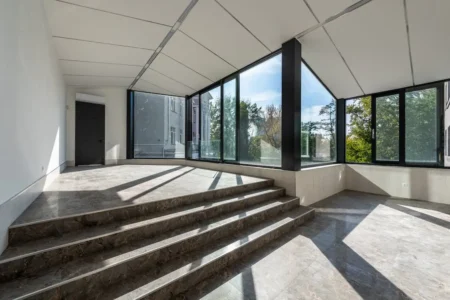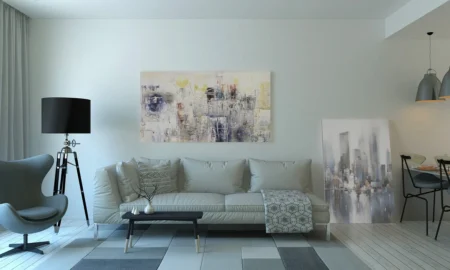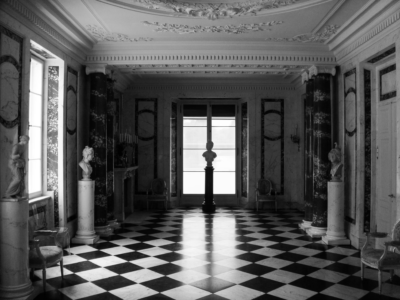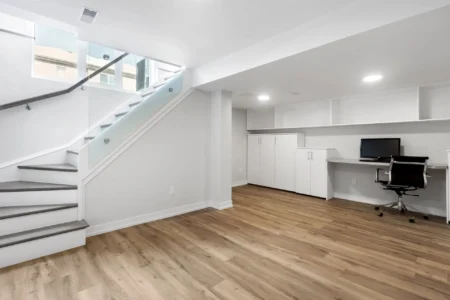Are you looking for some inspiration to revamp your flooring with some colour tiles? If yes, then you have come to the right place. In this blog post, we will explore six colour tile options that can transform your space and create a stunning visual impact. Whether you want to brighten up your room, add some warmth and cosiness, or create a trendy and modern look, there is a colour tile for you. Let’s dive in and see what these colour tiles are and how they can enhance your flooring.
The Appeal of Light-Coloured Tiles
One of the most popular and versatile colour tile options is light-coloured tiles. Light-coloured tiles have many benefits for your flooring, as they reflect natural light and make your space look brighter and more spacious. Some of the light-coloured tiles that you can choose from are:
- White tiles: White tiles are a classic choice that can never go wrong. They create a crisp and elegant look that can suit any room. You can pair white tiles with warm decorative elements like wood or metal to add some contrast and texture. You can also mix and match white tiles with patterned tiles to create some visual interest
- Light grey tiles: Light grey tiles are another versatile option that can create a modern and sophisticated look. Light grey tiles can also create a calming and relaxing atmosphere in your space. You can combine light grey tiles with darker shades of grey or black to create a monochrome effect. You can also add some pops of colour with accessories or furniture to spice up your space.
- Ivory or beige tiles: Ivory or beige tiles are ideal for creating a warm and cosy look in your space. They can also add some natural charm and elegance to your floor tiles. Ivory or beige tiles can work well with any colour scheme and style. You can pair them with earthy tones like brown or green to create a rustic or organic look. You can also match them with vibrant colours like blue or yellow to create a cheerful and lively look.
How to Choose the Right Colour Tile for Your Home
Choosing the right colour tile for your home can be a daunting task, especially with so many options available in the market. However, there are some factors that you can consider to make the process easier and more fun. Here are some tips on how to choose the right colour tile for your home:
- Consider the size of your room: The size of your room can affect how the colour tile will look in your space. Generally, lighter colours can make a small room look bigger, while darker colours can make a large room look cosier. However, this does not mean that you have to stick to one rule. You can also experiment with different combinations of light and dark colours to create contrast and depth in your space.
- Consider the mood of your room: The mood of your room can also influence your choice of colour tile. Think about what kind of atmosphere you want to create in your space. Do you want it to be relaxing, energizing, romantic, or playful? Different colours can evoke different emotions and feelings in your space. For example, blue can create a soothing and serene mood, while red can create a passionate and dramatic mood.
- Consider the style of your room: The style of your room can also help you narrow down your options for colour tiles. Think about what kind of theme or design you want to achieve in your space. Do you want it to be classic, modern, rustic, or eclectic? Different styles can suit different colours and patterns of tiles. For example, classic style can work well with neutral or pastel colours, while modern style can work well with bold or geometric colours.
How to Mix and Match Different Colours and Patterns of Tiles
One of the most creative and fun ways to use colour tiles in your flooring is to mix and match different colours and patterns of tiles. This can help you create a unique and personalized look in your space that reflects your taste and personality. However, mixing and matching tiles can also be tricky if you don’t know how to balance them properly. Here are some tips on how to mix and match different colours and patterns of tiles:
- Use a common element: One of the easiest ways to mix and match tiles is to use a common element that ties them together. This can be a colour, a shape, a texture, or a theme. For example, if you want to mix blue and green tiles, you can use a common element like water or nature to create a harmonious look. Or, if you want to mix hexagonal and rectangular tiles, you can use a common element like a geometric theme to create a cohesive look.
- Use the 60-30-10 rule: Another useful way to mix and match tiles is to use the 60-30-10 rule. This is a simple formula that helps you distribute the colours and patterns of tiles in your space. The rule is to use 60% of one dominant colour or pattern, 30% of another secondary colour or pattern, and 10% of an accent colour or pattern. For example, if you want to mix white, grey, and yellow tiles, you can use 60% of white tiles, 30% of grey tiles, and 10% of yellow tiles. This can help you create a balanced and visually appealing look in your space.
- Use contrast and complement: Another important tip to mix and match tiles is to use contrast and complement to create interest and variety in your space. Contrast means using colours or patterns that are opposite or different from each other, while complement means using colours or patterns that are similar or compatible with each other. For example, if you want to mix black and white tiles, you can use contrast to create a striking and dramatic look. Or, if you want to mix beige and brown tiles, you can use complement to create a warm and cozy look.
What’s trending Colour in Tile Flooring in 2023
If you want to stay on top of the latest trends in tile flooring, you might want to check out some of the colour trends that are expected to be hot in 2023. Here are some of the colour trends that you can look forward to in tile flooring in 2023:
- Earthy tones: Earthy tones are predicted to be one of the most popular colour trends in tile flooring in 2023. Earthy tones include colours like terracotta, ochre, olive, and mustard. These colours can create a natural and organic look in your space that is soothing and inviting. They can also add some warmth and richness to your flooring that can complement any style and decor.
- Pastel hues: Pastel hues are also expected to be one of the most popular colour trends in tile flooring in 2023. Pastel hues include colours like pink, lavender, mint, and peach. These colours can create a soft and delicate look in your space that is refreshing and charming. They can also add some lightness and brightness to your flooring that can make your space look more spacious and airy.
- Metallic shades: Metallic shades are also anticipated to be one of the most popular colour trends in tile flooring in 2023. Metallic shades include colours like gold, silver, bronze, and copper. These colours can create a glamorous and luxurious look in your space that is dazzling and stunning. They can also add some sparkle and shine to your flooring that can catch the eye and make a statement.
Conclusion
Colour tiles are a great way to enhance your flooring and create a beautiful and functional space. Whether you choose light-coloured tiles, dark-coloured tiles, or a mix of both, there is a colour tile for every taste and preference. You can also experiment with different colours and patterns of tiles to create a unique and personalized look that reflects your style and personality.
We hope this blog post has given you some ideas on how to use colour tiles in your flooring and what colour trends to look out for in 2023. If you are looking for some high-quality and affordable colour tiles for your flooring, you can check out our website at [insert link]. We have a wide range of colour tiles that can suit any space and budget.
FAQs
What Does Finished Marble Tile Look Like?
Marble tile can have a variety of surface finishes. The finish can alter the colour and appearance of the tile, offering a range of aesthetic options.
Where Can Marble Tile be used?
Marble tile can be used in many areas due to its beauty and versatility. It’s a common material for countertops in the kitchen and can also be used for flooring and other applications.
Does Marble Tile Stain? How to prevent stains?
Marble is porous and can be prone to staining. However, using a water-based sealant can help protect the marble from stains and water patches. Resealing the tile every one or two years can help prevent stains on your marble.
Are Marble Tiles Slippery?
Marble tiles can be slippery, especially when wet. However, there are finishes available that can reduce the chances of slips and falls.
Why Are Marble Floors Not Seen Everywhere if It’s so Great?
While marble floors are beautiful and durable, they can be quite expensive. The cost of installation, the need for a suitable subfloor, and the requirement for professional installation contribute to the high cost. However, they do add significant value and beauty to a home.
I Want a Marble Countertop, is it Expensive?
The cost of a marble countertop depends on the size, thickness, level, and type of marble installed. However, marble countertops can increase the resale appeal of a home, potentially making the investment worthwhile.










